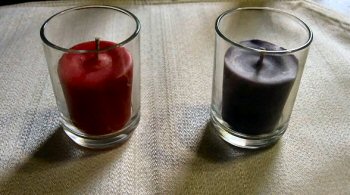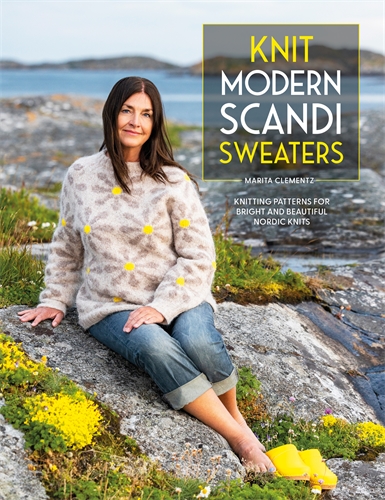Candle making can be a fun and rewarding experience, but it’s not always easy to get it right the first time. Sometimes, even experienced candle makers struggle with certain aspects of the craft. Recently, I tried something new and found a solution to a problem that I had been experiencing for a while.
I had been trying to create soy wax pillars and votives, but I was having difficulty getting them to harden properly. The texture of the wax was not smooth, and the colors were not as bright as I had hoped. That’s when I decided to try blending the soy wax with palm wax, as I had heard that this could help improve the texture and appearance of the candles.
To start, I made a pure soy wax votive in purple, and a soy/palm wax blend in pink. When comparing the two candles side by side, the soy/palm blend was noticeably better. It had a smoother texture and brighter colors, which was a great bonus. The pink color of the soy/palm blend was also more vibrant than the purple of the pure soy wax candle.
I used a 25% palm wax blend, as palm wax can be expensive, and I wanted to see how little I could use and still achieve good results. The pillar I made with this blend could have used a bit more palm wax, as the melt pool stretched out to an inch too quickly. Despite this, the candle was still a significant improvement over my previous attempts, as it did not fall or melt all over the place like before.
Blending soy wax with palm wax can be a great solution for those struggling with the texture and appearance of their candles. The palm wax helps to smooth out the texture and brighten the colors of the candle. However, it’s important to note that the more palm wax you use, the more it will affect the burning properties of the candle. So, it’s best to experiment with different ratios until you find the perfect balance for your needs.
In conclusion, blending soy wax with palm wax is a great solution for those looking to improve the texture and appearance of their candles. I found that a 25% palm wax blend worked well for me, but the ratio will vary depending on your specific needs. Don’t be afraid to experiment until you find the right blend for your candles.
 This soy/palm blend i
This soy/palm blend is only 25% palm, because that stuff isn’t cheap and I wanted to see how little I could get away with. The pillar could use some more palm wax, as the melt pool stretched out to an inch too quickly. It’s still an improvement because at least the candle isn’t falling and/or melting all over the place!

